What to Eat on Your Period
Menstruation, a natural biological process unique to women, involves a series of hormonal changes that prepare the body for pregnancy. It occurs in four distinct phases, each with its own set of nutritional needs. Understanding what to eat during each phase can help women maintain good health and energy levels throughout their menstrual cycle.

Phase 1: Menstruation (Day 1-5)
During menstruation, the uterine lining is shed, resulting in bleeding. This phase can be accompanied by symptoms such as cramping, bloating, and fatigue. To ease these symptoms and support the body’s natural cleansing process, it’s recommended to:
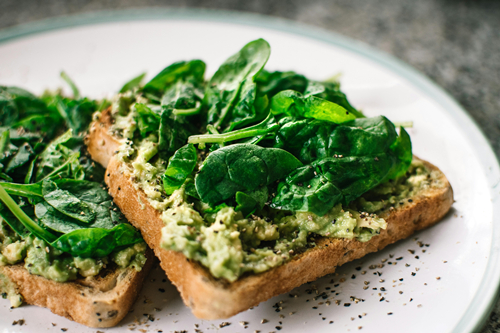

- Consume iron-rich foods to replace the iron lost during bleeding, such as red meat, spinach, beans, and dried fruits.
- Increase intake of water and other fluids to prevent dehydration.
- Incorporate foods high in fiber, like oats, fruits, and vegetables, to aid in bowel movements and reduce bloating.
- Consume protein-rich foods like fish, chicken, and tofu to support tissue repair.
Phase 2: Follicular Phase (Day 6-14)
The follicular phase begins after menstruation ends and is marked by the growth of ovarian follicles, which produce eggs. This phase is characterized by a rise in estrogen levels, which can lead to an increase in appetite. To support this phase, it’s advisable to:
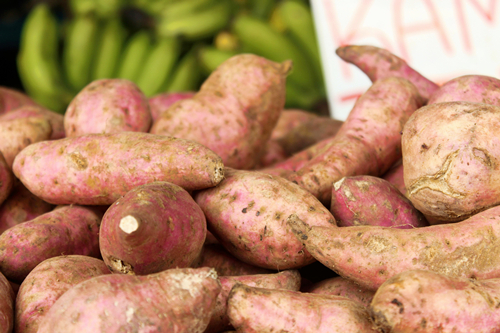
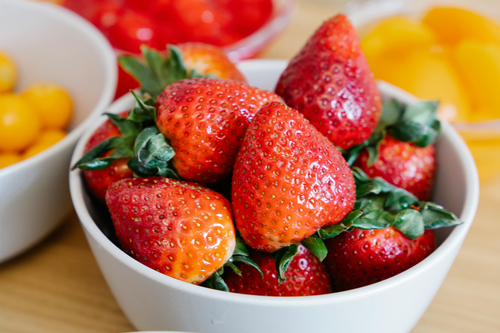
- Consume complex carbohydrates like whole grains, brown rice, and sweet potatoes for sustained energy.
- Incorporate foods rich in antioxidants, such as berries, dark chocolate, and green tea, to protect cells from damage.
- Consume lean protein and healthy fats from sources like avocados, nuts, and seeds to support hormonal balance.
Phase 3: Ovulatory Phase (Day 15-21)
The ovulatory phase is when the ovary releases an egg in preparation for fertilization. This phase is marked by a surge in luteinizing hormone, which triggers ovulation. To support this phase, it’s recommended to:
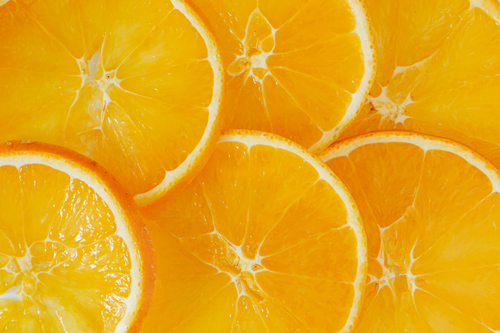

- Consume foods high in vitamin C, like oranges, bell peppers, and broccoli, to aid in egg health and development.
- Increase intake of foods rich in omega-3 fatty acids, such as salmon, tuna, and flaxseeds, for optimal brain and heart health.
- Consume small amounts of protein-rich snacks like nuts and cheese to maintain energy levels.
Phase 4: Luteal Phase (Day 22-28/end of menstrual cycle)
The luteal phase begins after ovulation and ends with the start of the next menstruation. This phase is marked by a rise in progesterone levels, which prepares the uterus for pregnancy. To support this phase, it’s advisable to:
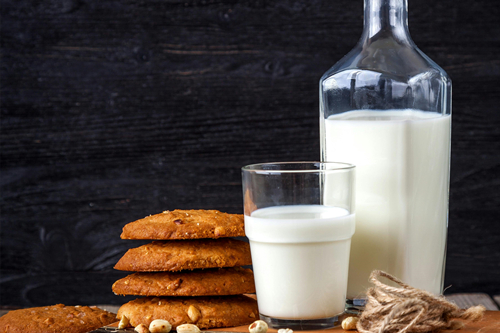
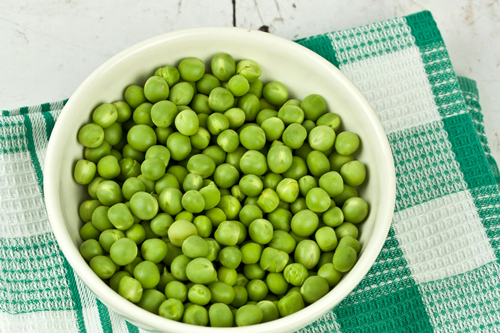
- Consume foods rich in calcium and vitamin D, like yogurt, milk, and fish, to support bone health and maintain hormonal balance.
- Incorporate magnesium-rich foods like dark leafy greens, nuts, and beans to ease PMS symptoms like anxiety and mood swings.
- Consume complex carbohydrates and protein in the evening to promote restful sleep and reduce fatigue.
In conclusion, understanding the nutritional needs of each phase of menstruation can help women maintain good health and vitality throughout their menstrual cycle. By making informed food choices, women can ease menstrual symptoms, support their bodies’ natural processes, and feel their best.
